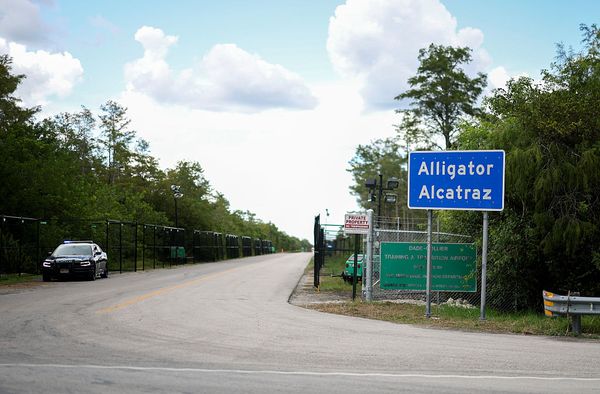ABOVE all else, the reaction of independence supporters to The National's new Scottish poll from Find Out Now will be relief that it once again shows an outright Yes majority after "don't knows" are stripped out, just as virtually every previous poll from the same firm has done.
It's admittedly true that the most recent Find Out Now poll in April showed Yes above 50% support even before the exclusion of "don't knows", and that the new poll does not, with the Yes vote falling from 52% to 48%.
However, the April poll was unusually favourable for Yes, and in retrospect the most likely explanation for that is simply random sampling variation, with normal service now being resumed.
The new independence results are, indeed, completely identical to a Find Out Now poll published at around this time last year, suggesting there may have been no particular trend in either direction.
A frequent source of consternation for the Yes campaign during the 2014 indyref was the gender gap in independence support, with women consistently less likely to say they planned to vote Yes. Find Out Now is suggesting a gender gap exists in the present day, but it's flipped over – women now support independence by the hefty margin of 50% to 41%, while men are narrowly opposed by 49% to 46%. That may, again, simply be a meaningless quirk thrown up by sampling variation, but it's interesting to note that the April poll from the same firm showed a bigger Yes majority among women than among men.
There will undoubtedly be some concern within the SNP that the poll shows them with only a seven-point advantage over Reform UK in Westminster voting intentions, which appears to be a halving of the gap since the last comparable numbers from Find Out Now. However, this result needs to be seen in the context of the established GB-wide pattern of Find Out Now showing more favourable numbers for Reform UK than any other polling company. It is no surprise at all to see the same pattern also extending to Scotland-only polls. That is not necessarily to say that Find Out Now are wrong about Reform UK's support, but it's a point of uncertainty, and therefore any sense of panic about Reform breathing down the SNP's necks would be misplaced.
The SNP will also be reassured to see that the Reform surge in Westminster voting intentions is not being fully replicated at Holyrood level. Reform have leapfrogged Labour to take a clear second place in the Holyrood constituency ballot, but they remain a whopping 14 percentage points behind the SNP. If that position were to hold until the election in May, it might well represent a sort of "sweet spot" for the SNP, with Reform doing enough damage to Labour to allow the SNP to hold off their traditional rivals in large numbers of constituency seats, while not being seriously threatened in many constituencies by Reform themselves.
However, John Swinney's new and extremely tough self-imposed threshold of a single-party majority for the SNP to claim a mandate for an independence referendum means that he is essentially putting all his eggs into the basket of the constituency ballot. With the poll showing the SNP have only one-quarter of votes on the list, there is quite simply no credible path to an overall SNP majority that would involve list seats.
To reach the target, the SNP would probably have to literally win 65 of the 73 constituency seats – a feat they have never pulled off and were actually well short of on the one occasion they did win a majority in 2011. Delegates at the forthcoming SNP conference will presumably be weighing up whether it is really plausible to believe, even with the carnage that Reform's advance is causing, that such a total and unprecedented dominance of constituency seats by one party can be achieved on well under 40% of the vote.







